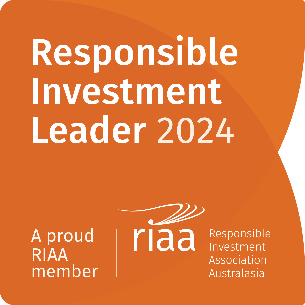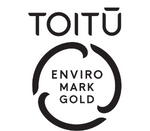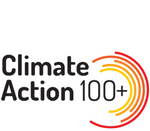Lessons from China
Although we wouldn’t typically write on the same topic in concurrent months, we have just conducted some extensive proprietary research on a2Milk (ATM) in China and we believe it is important to highlight our observations. This document also demonstrates the Devon commitment to developing our own investment views, based on our own fundamental research.
Is it possible that the newly crowned emperor of the New Zealand equity market, ATM has, as Hans Christian Anderson so eloquently put it, “no clothes” when it comes to intellectual property protection?
As the company name would suggest, ATM’s entire business model is based on supplying milk based products that only contain the A2 protein. Since inception ATM has been adamant that its suite of patents were sufficiently robust to give it significant competitive barriers to entry against other similar products. In fact as recently as this month ATM dedicated an entire slide in its presentation to investors on this exact subject. More specifically the line reads “The IP (Intellectual Property) portfolio continues to provide barriers to entry”. However the recent announcement by Nestle that they have just launched an A2 infant formula in China must give investors cause for concern on this issue. This development is significant on two fronts.
Firstly, given the size and seriousness of Nestle as a global company it is unlikely that this Swiss behemoth would act in contravention of basic patent law. Interestingly most broker analysis has focused not on what could be a significant breach of patent but more on the endorsement that this serious competitor brings to the science. It will be very interesting to see if ATM engages in legal action against Nestle to protect its supposed IP.
Secondly, Nestle is a massive and well-resourced competitor. Data we have obtained from research firm Nielsen suggests that Nestle, including its Wyeth brand, account for approximately 18% of the infant formula sales volume in China. It is under their Illuma Wyeth brand that the A2 product has been launched as a compliment to its range of infant formula products. Nestle is just starting the process of rolling this new product out nationwide under the brand Atwo, in direct competition with ATM. Our analysis suggests that Wyeth spends approximately 20% of its sales on advertising and marketing which could be north of NZD$300m in China alone. This is in stark contrast to the NZD$42m that ATM spent in 2017. As with any fast moving consumer good, instore merchandising along with educated store assistants is crucial to sales. We conducted over 70 store visits in China across Tier 1 to Tier 2 cities, and found that in most instances the Wyeth products were the most prominently merchandised, with significant instore sales presence. Our research revealed that Wyeth has approximately 7,500 sales assistants across China, heavily remunerated to sell Illuma, whilst ATM, we believe, has approximately 700 assistants. Thus far ATM has driven its sales largely through the online channel via Australia, however for revenue growth to continue at the rate forecast by many analysts, it will need to sell more in Chinese retail stores, at a time when it no longer has a unique offering.
Additionally, our two recent research trips to China reveal that this Nestle launch is merely the tip of the iceberg. Not only are others in the process of producing A1 free milk but Happy Valley Dairy is on the cusp of investing $230m in an A2 infant formula plant in Otorohanga, to supply a yet unnamed global infant formula brand owner with New Zealand-sourced product. This is essentially the service that Synlait Milk currently provides for ATM. Additionally, Westland dairy in New Zealand is looking to do something similar, whilst Mengniu in China is rounding out their infant formula offering with an A1 free children’s milk.
No-one can deny that ATM has been phenomenally successful at driving home its first mover advantage. Whether you believe the science or not, they have created a product and profit margin that has awoken the giant of the industry. This is no mean feat. They have put the premium into New Zealand dairy. The beauty of the ATM model is that they have created a manufactured product with little manufacturing investment and created a brand with marketing costs at only 8% of sales. However, the reality is that approximately 40% of all New Zealand cows are A1 free and it costs no more to produce a litre of A1 free milk than it does to produce its alternative. History has shown that whenever someone earns better than average margins (in this case quite exceptional margins) others will endeavour to compete these away.
It is possible that Nestle’s entry serves to grow the A2 dairy market, however, it is equally possible that without patent protection, A1 free becomes commoditised to the point that its unique proposition is eroded. Either way the future for ATM looks tougher now with increased competition and increased marketing spend required. As ATM is now NZ’s largest listed company and trading on a heady PE multiple of 45 times this year’s earnings, we will continue to monitor the company very closely. We estimate that over 80% of ATM’s stock market value is based upon its Chinese infant formula sales and so this market remains critical to the business.





